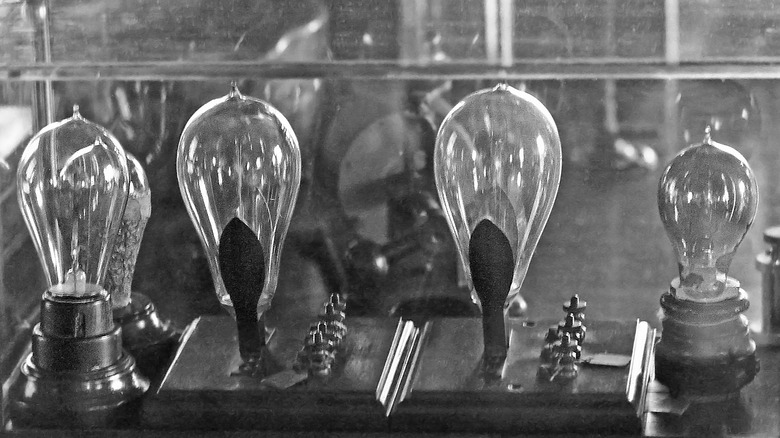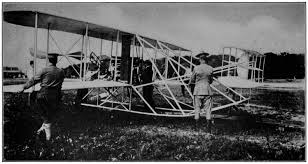Patent Stories — Protect Early, Win Big
Real journeys from classic icons to modern founders. Each proves the same truth: even small, early-stage ideas deserve protection—because patents create room to grow.
Thomas Edison — Lighting Up a Patented System

Edison’s triumph wasn’t a single bulb—it was a system: durable filaments, standardized sockets, switches, and power distribution. By patenting key pieces over time, he created a protective moat around the solution and the supporting infrastructure. That strategy allowed manufacturing, licensing, and investment to flourish around a clear, defensible position.
Patent Benefit: Broad, layered protection enabled Edison to commercialize safely, license confidently, and reinvest in R&D without immediate copycats.
Wright Brothers — Patenting Control, Not Just Flight

While many attempted powered flight, the Wrights patented the control that made flight practical and repeatable. Their claims centered on coordinated roll, pitch, and yaw—ideas that shaped early aviation. Patents transformed technical insight into leverage for partnerships, demonstrations, and revenue.
Patent Benefit: Protection of the pivotal control concept opened the path to licensing, legitimizing their work and funding future innovation.
James Dyson — 5,000 Prototypes to a Protected Principle

Dyson persisted through thousands of prototypes to perfect bagless suction using cyclonic separation. By claiming the airflow path and separation principle, the patents protected the reason the product worked so well. The result: a premium category and global brand built on engineering clarity.
Patent Benefit: Protection of the key performance mechanism discouraged me‑too products and attracted retail partners at scale.
Sara Blakely — Simple Idea, Strong Claim

Blakely turned a straightforward garment concept into a protected niche. A focused patent application, early prototypes, and persistent pitching won shelf space and consumer love. Her story shows how practical improvements, filed early and clearly, can build billion‑dollar brands.
Patent Benefit: Exclusive rights in a new sub‑category enabled rapid retail growth and brand moat.
University Team (India) — PPA to PCT

A campus idea matured into a working MVP. The team filed a Provisional Patent Application to secure the date, showcased to industry under NDA, and validated performance. With letters of intent in place, they entered the PCT route to keep options open for key markets while refining claims.
Patent Benefit: Early “patent pending” status allowed open demos and fundraising while preserving novelty internationally.
Your Story — Edison‑Style Path, Today
Markets:
Even if your concept is at a napkin sketch stage, protect it. We guide you through rapid research, feasibility, and MVPs. File a Provisional (India/US), draft for Utility/Design, and plan for PCT if global markets matter. Iterate like Edison—file improvements as you sharpen performance and UX.
- Idea Title: e.g., AI‑assisted sampling nozzle
- Key Novelty: e.g., dual‑stage micro‑separation
- Prototype Plan: e.g., SLA shell + sensor dev board
- Patent Step: PPA in 2 weeks; Utility draft in 6–8 weeks
- Markets: IN, US, AU, EP via PCT
Moral of the Story: Even a small or early‑phase idea gains leverage when protected. Patents buy you time to learn, improve, and lead.
The Takeaway
Protect early, iterate boldly. Patents don’t freeze ideas—they free you to test in public, approach partners, and build value with less fear of fast followers.
